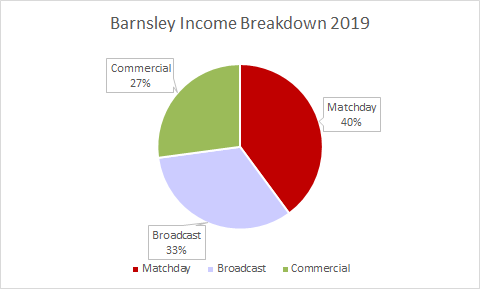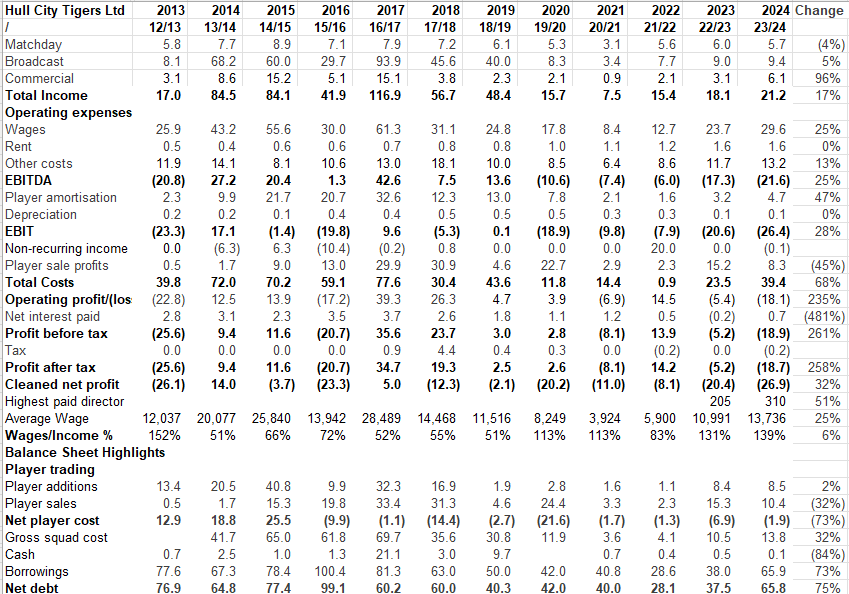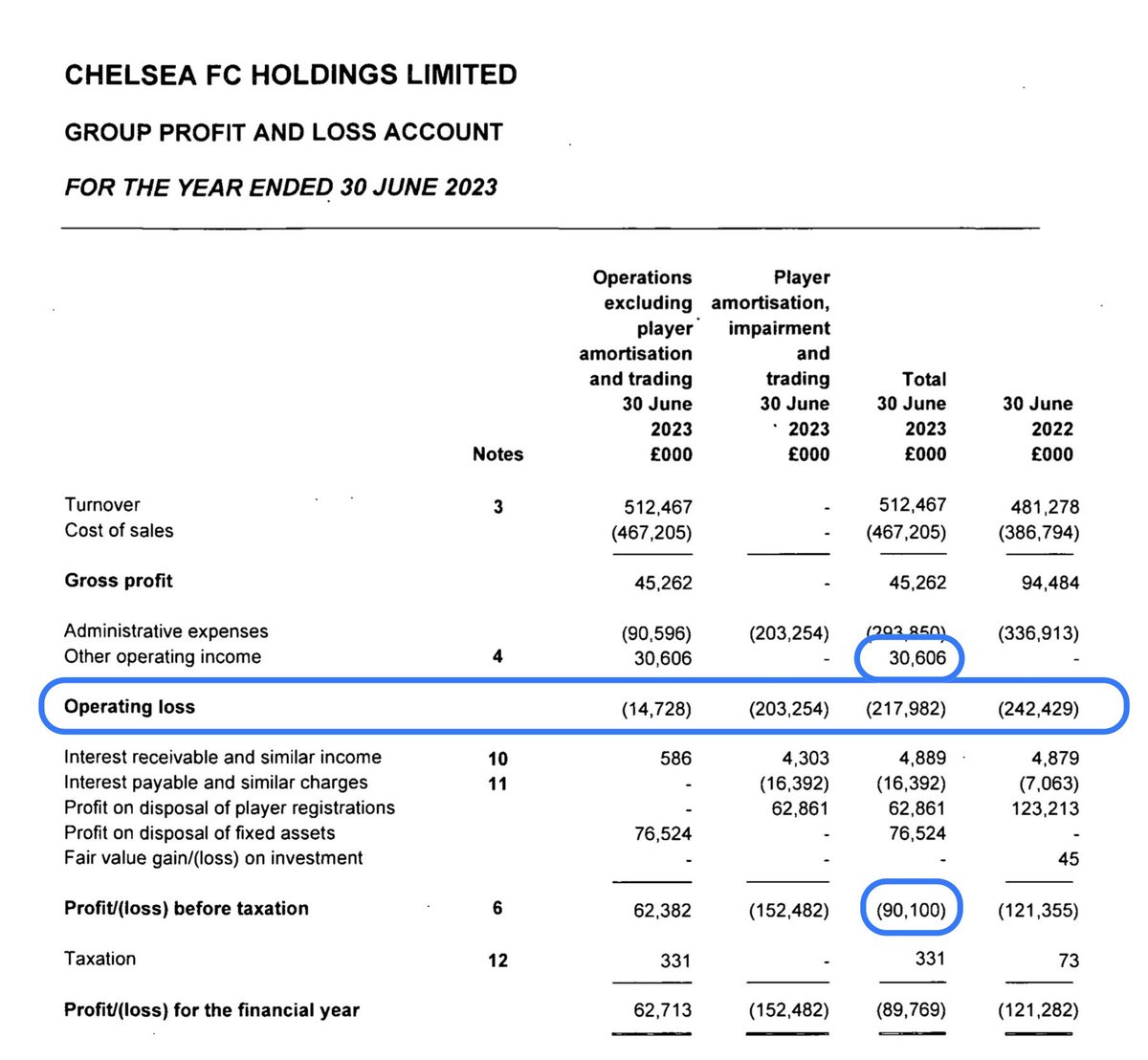Barnsley costs increased too especially wages up 37%, average weekly wage £5,168 is still a third of the average in the Championship. 



Barnsley wages £78 for every £100 of revenue, very good by Championship standards and consistent with previous seasons in the division. 



Despite good cost control Barnsley still lost £100k a week in 2019/20 from day to day activities. Still good by Champ standards. 



Barnsley offset the losses with £6m of player sale profits in 19/20, suggesting the Moneyball strategy of the owners is working. Club spent a record amount on player signings during the season too. I'll be talking about the results in more detail on @BBCSheffield at 6:20 tonight. 



• • •
Missing some Tweet in this thread? You can try to
force a refresh









































